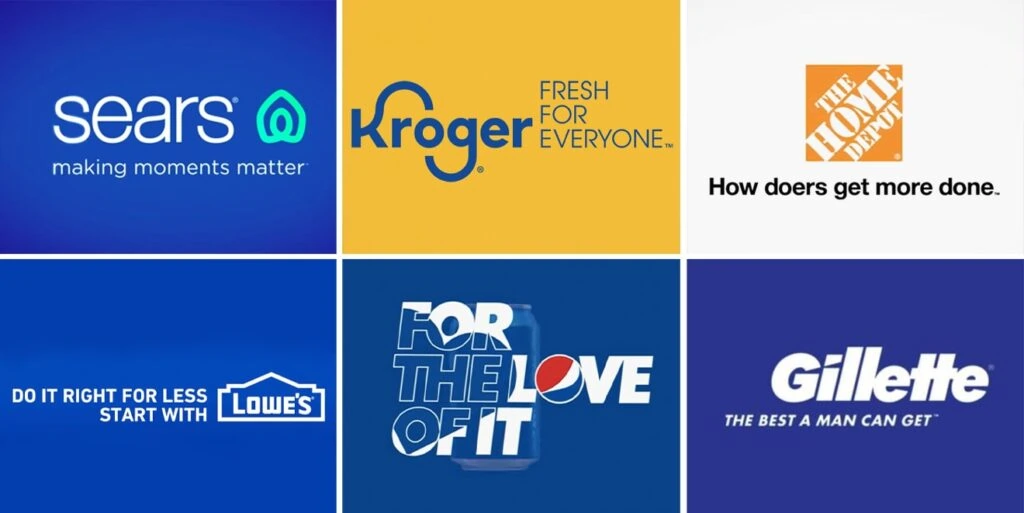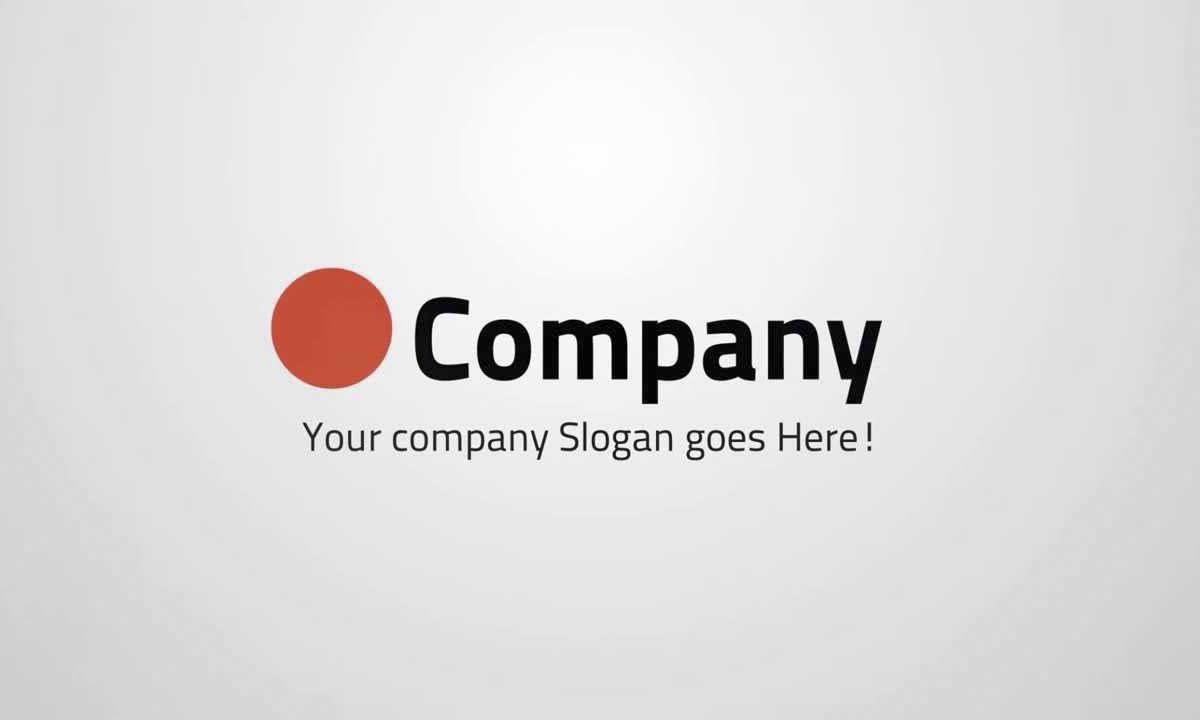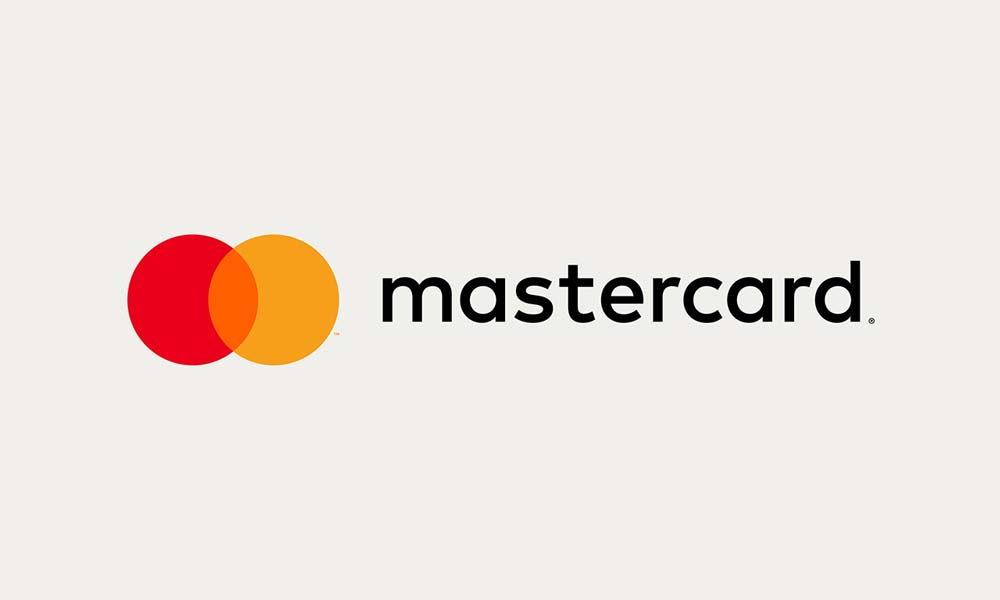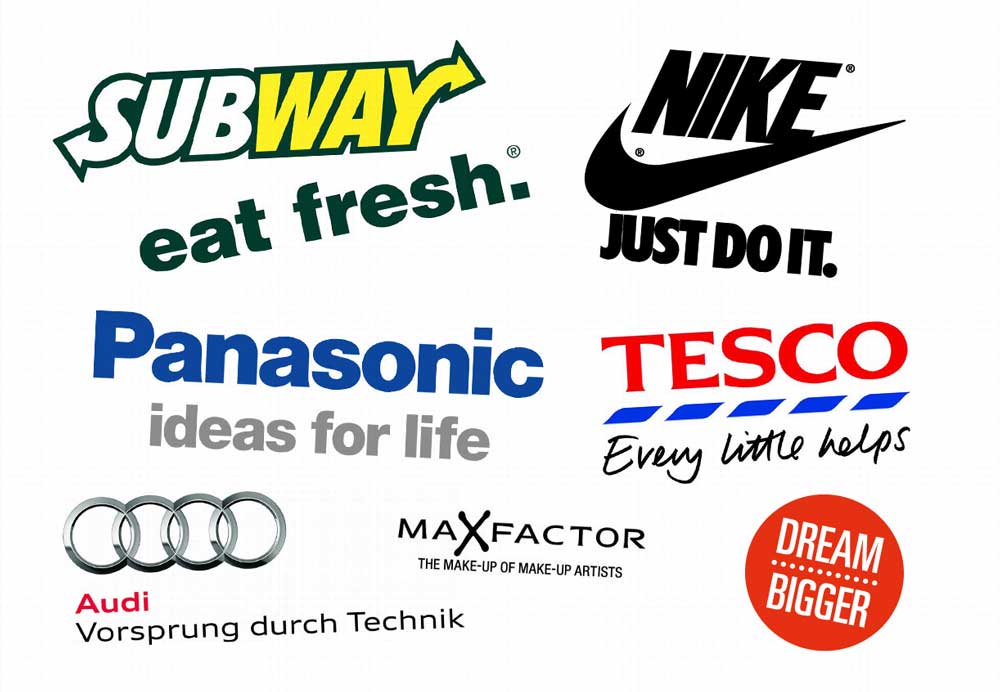Does your Logo need a Tagline?
A logo is a graphic symbol or emblem representing a company, organisation, brand, or product. It's meant to be recognisable and help in brand identity and awareness—for example, the iconic Apple logo with a bitten apple silhouette.
A tagline is a short phrase that captures a brand's essence or critical message. Taglines are an optional addition to strengthen brand messaging. An example is Apple's well-known “Think Different.”
Logos are visuals, and taglines are words that can work together to convey what a brand is all about. But are taglines a necessary addition for every logo? Let's explore when they are helpful to boost brand image and recall.
Table of Contents
The Purpose and Power of Pairing a Tagline

Summarising the Brand Personality
A quality tagline can distil a brand's personality into a few compelling words. It adds meaning that clarifies what the name and logo symbolise. Consumers today are constantly bombarded with advertisements and marketing messages. A tagline can cut through the noise to communicate the brand identity.
For example, sock and apparel company Bombas summarises its socially-conscious mission with its “Be Comfortable, Do Good.” ZipCar's car rental service emphasises flexibility and access with “Wheels When You Want Them.”
Completing a Branded Connection
A logo creates visual recognition between the brand and the consumer, while a tagline adds meaning and builds understanding. Together, this branded connection becomes more assertive. The few seconds a consumer spends looking at a logo tagline combination creates a branded impression that resonates.
First impressions matter. In a crowded marketplace, a tagline helps set a brand apart to make those first moments memorable.
When a Tagline Accentuates a Logo

All logos aim to represent a brand identity, but not all require taglines. Here are some instances when taglines powerfully complement symbols:
Launching a New Brand
For an emerging brand, a tagline opens storytelling opportunities to raise interest, set expectations and help consumers understand what the logo means and what the brand offers. It lays the branding foundation for future marketing and communications.
For example, when meal kit delivery service Blue Apron launched “Cooking Together” in 2012, it explained the new brand's mission to facilitate easier home cooking.
Differentiating in a Competitive Market
A crowded marketplace means consumers have many choices. A tagline can spotlight what makes a brand unique compared to competitors that appear similar. When multiple brands use logos featuring the same visuals like animals, colours, shapes or icons, their taglines can set them apart.
For instance, animal rescue organisations share paw print logos. The Fetch Foundation's “Join the Rescue Crew” tells how they engage supporters compared to Purr Partners' “Helping Homeless Cats” tagline that spotlights their specific focus.
Modernising a Dated Brand Identity
Sometimes, an outdated logo drags down a brand image that no longer aligns with its goals or audience. Adding or updating a tagline helps bridge logo gaps between how consumers perceive the brand and how the brand wants to be positioned moving forward.
Long-standing brand American Express updated from “Don't Leave Home Without It” to “Don't Do Business/Live Life Without It” to reflect how it now facilitates customers' entire financial lives, not just travel purchases.
Injecting Emotion and Personality
Logos convey visual interest, while taglines trigger emotional responses. They give a relatable, human personality to an abstract logo design. The pairing tells a fuller brand story to foster familiarity and connection between consumers and the brand.
Outdoors brand REI uses its “Life Out Here” as a rallying cry for people passionate about the environment, nature and active lifestyles. It adds an outdoor spirit that its logo alone could not achieve.
Potential Downsides of Tagline Troubles

Taglines can certainly boost brands when done right. However, poorly conceived or outdated taglines that no longer resonate with target audiences risk tarnishing the strong logos they aim to support.
Generic and Forgettable
Some taglines try to cast too wide of an appeal net with overly broad messaging that lacks personality. Out of fear, this lacklustre branding unfortunately triggers consumer apathy rather than interest and action.
For example, “Building Better Lives” or “Expect Great Things”. These empty phrases could apply to countless brands, from financial services to furniture stores to insurance companies.
Dated Cultural Relevance
Pop culture references or trendy phrasing quickly lose relevance, especially in our fast-paced digital age. They get replaced as audiences and language evolve. Taglines overly rooted in a moment risk dating the brand's entire identity.
Although Nike still uses “Just Do It”, it moved on from its 2020s “Until We All Win“, which aligned with personal goal achievement but now feels outdated.
Muddles Brand Message
Some brands constantly introduce taglines rather than pick one core message to stick with long term. This dizzying array of fragmented catchphrases confuses, diluting any potential power a single clear one could provide the brand.
Hotel chain Ramada has cycled through over a dozen different taglines since it first launched, including “For business trips and family vacations”, “The welcome place”, and “On the road of life there's Ramada”. What exactly does this brand stand for?
5 Key Questions to Find Tagline Fit
If you think your logo needs a partner to help express your brand essence and focus messaging, ask yourself these five questions:
What is the core brand promise you offer customers?
Narrow down the critical positioning where you deliver consistent, ongoing value that sets you apart from competitors.
What market challenges or problems do you uniquely solve?
Determine how you fix pain points to make your audience's lives noticeably better than alternatives.
Why emotionally connect your brand with your audience?
Identify shared beliefs, motivations and passions your culture authentically shares with the people you serve.
What branded experience do customers have engaging with you?
Define how you create meaningful branded touchpoints exceeding expectations across channels.
Would a tagline provide helpful clarity or unnecessary limitation?
Decide if there is messaging room for a tagline to crystallise brand identity without overly confining future growth opportunities.
If you have solid answers for most of these questions supporting your brand priorities, there likely is a strategic role for a tagline to play.
When Logos Take Flight Solo

Let's explore notable scenarios where brands confidently rely on logos alone to symbolise their whole identity and experience without added taglines:
Simple, Iconic Logo Design
Some logos become so recognisable and loaded with meaning that a tagline would feel unnecessary or disruptive. These bold brands go sans tagline to maximise standout impact.
The iconic Apple, Nike and Starbucks logos instantaneously signal their brands and what they offer customers. Any words would compete with their famed design simplicity.
Visual Storytelling at Its Finest
Some logos reference nostalgia, capture attention with unexpected wit, or perfectly encapsulate a brand promise that fully illustrates what words may fail to express. The creative logo design alone tells a deeper story.
Baskin Robbins' playful logo hints that by offering 31 ice cream flavours, there are new taste adventures daily. Hotel chain Rooney's abstract logo, reminiscent of Paris' famed Hotel George V, elegantly signals refined European hospitality.
Emphasis on Expert Authority
Brands positioning around history, prestige or category expertise often stick with solo logos to visually signal their stature without decorative taglines that could dilute their gravity. Their reputations do the heavy messaging lifting.
Accounting firm Ernst & Young's regal logo relies on its established name, which exudes almost a century of financial service authority. High-end fashion house Chanel maintains an air of luxurious exclusivity with only its sophisticated interlocking C logo mark.
Getting Tagline and Logos in Sync

If determining a tagline is suitable for your brand logo, how do you create complementary branding magic? Follow these best practices for decisive paired success:
Keep it Simple
Like strong logos, effective taglines use only a few words to maximise memorability and impact. They capture interest quickly during first impressions when consumers connect branding dots.
Too many complicated words or distracting references will muddy meaning rather than clarify positioning. Visually and verbally, simple often proves most powerful.
Align Messaging and Experience
Consistent truth-telling, promise-keeping brands organically align visual identities and verbal messaging through synchronised logos and taglines. What's conveyed verbally should be delivered visually.
Southwest Airlines delivers friendly branding with its Heart logo, highlighting its legendary customer care. Its “LUV” stock ticker says customers will feel cared for like family. Even its tagline promises “Low fares. Nothing to hide.”
Refresh in Tandem
As brand offerings and audiences evolve, taglines and logos may need realignment to stay relevant. Outdated verbal or visual components damage integrated messaging, so changes should happen in thoughtful coordination.
E-Trade maintained tighter branding by updating its talk bubble logo and “Invest Smarter” tagline to remain timely to digital audiences. The synchronised shift signals and tools help everyone elevate their money strategy.
Crafting Your Dynamic Duo

If embarking on pairing a new tagline to your logo, lean into their dynamic duo potential with these creative development tips:
Rely on Research Insights
Tap into direct customer sentiments through surveys, reviews and social listening to uncover how they already connect with your logo and where confusion or questions may exist. Let their organic vocabulary inspire natural tagline possibilities.
Take a Tagline Field Trip
Study tagline word choices and logo partnerships used by admired brands inside or outside your industry to spur thoughtful brainstorming. Identify common impactful phrasing or themes that resonate across sectors.
Explore Creative Liberty
Give yourself a wide creative latitude for imaginative tagline options without immediate judgment before narrowing. Unexpected upfront choices may inspire the ideal contender once you align possibilities with strategic priorities.
Invite Feedback
Ask important internal stakeholders and external focus groups for input once you draft initial ideas. Fresh perspectives expose blindspots to discover phrases that may better resonate across diverse groups in your potential audience.
Emotionally Connect
Recall when you felt an emotional floodgate open seeing a familiar brand logo with its matched tagline—maybe warmth, joy or inspiration. Think through which emotive words unlock that same response for your brand story.
When crafted through research insights, creative vision, and vulnerability, your logo finds its voice through an impactful, distinguishing tagline.
FAQs: Logos & Taglines
Should every logo have an accompanying tagline?
Not necessarily. Well-known brands with iconic logos often rely on logo-only visual recognition power. Lesser known brands can benefit from concise, clarifying taglines to support what symbols alone may not fully express about their identity, purpose and differentiate offerings.
How long should an effective logo tagline be?
Quality taglines keep messaging tight—roughly 3-7 succinct yet compelling words. Enough to highlight brand distinctions but short sufficient for memorable consumer impressions. Extended sentences risk undercutting visual logo impact and diluting core brand focus.
Can a company frequently change and update its tagline over time?
Occasional tagline refreshes help brands stay culturally relevant but avoid constant makeovers. Fickle taglines with continually changing focus undermine logo partnership continuity and risk muddling branding rather than strengthening message clarity.
Should taglines use creative wordplay and humour whenever possible?
Sometimes. Cleverness risks confusing audiences more than connecting, depending on context. Consider brand personality and target audiences. Playful language aligning the overall brand voice and consumer expectations proves most successful at building understanding over time.
Is it advisable to trademark taglines along with logos?
When popularity paves the way, trademarks sometimes provide helpful brand legal protection. But early on, taglines and logos organically earn recognition power together, making customer connection impact a higher priority than early legal registration in most cases.
Conclusion
A logo visually introduces a brand, while an optional tagline is a strategic messenger clarifying what that identity represents. Taglines and logos interplay for a clear, complementary punch when crisply worded to highlight differentiated value.
Research consistently shows that when actively and imaginatively developed and then always nurtured, impressive tagline and logo partnerships trigger 31% faster consumer recall. Their vesicles bond tighter to imprint the brand prominently in the consumer's hippocampus.
So rather than perceive a tagline's verbal messaging as simply a decorative logo accessory, empower it as your brand's strategic wingman. With an aligned vision and voiced purpose, your logo soars higher—carrying your brand proudly to greater heights.
